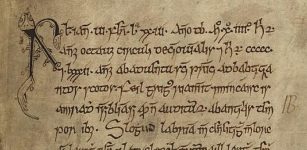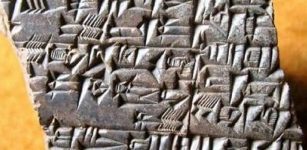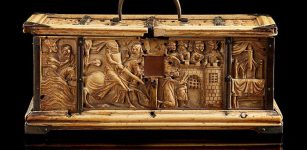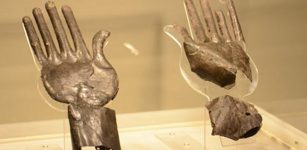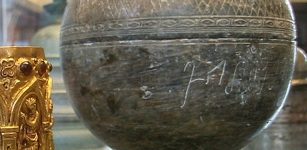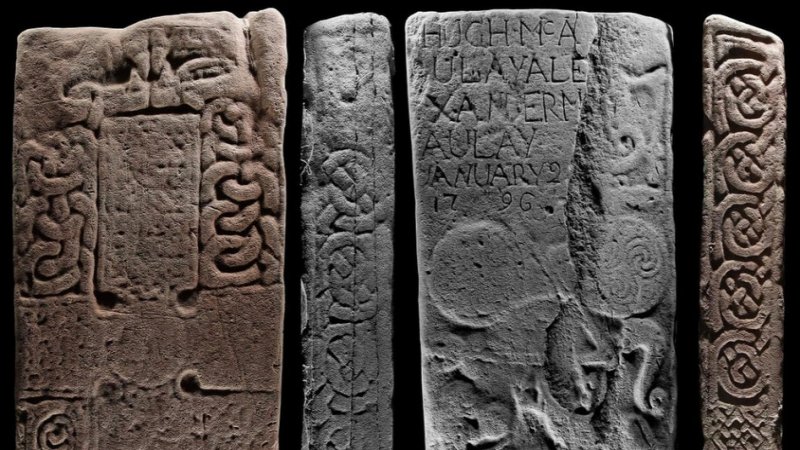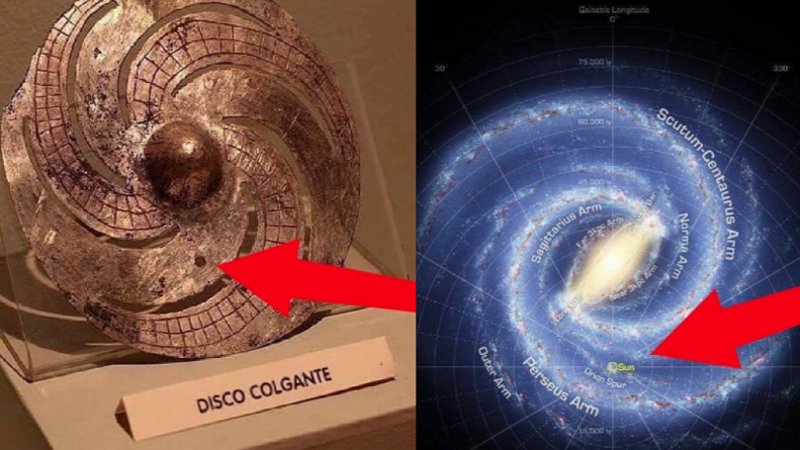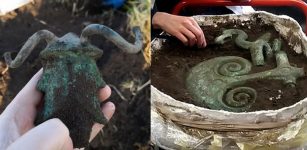Early Harappan Cultures Can Solve Mysteries Of Several Lost Cities Of Indus Valley Civilization
MessageToEagle.com – Recent studies strongly suggest that Indian Civilization emerged in the 8th millennium BC and pre-Harappan cultures, which were thoroughly studied, should be rather called as Early Harappan.
Asia’s largest and oldest metropolis with gateways, built-up areas, streets and wells was built in Haryana, a state in North India with its capital at Chandigarh, according to a new Archaeological Survey of India (ASI) report.
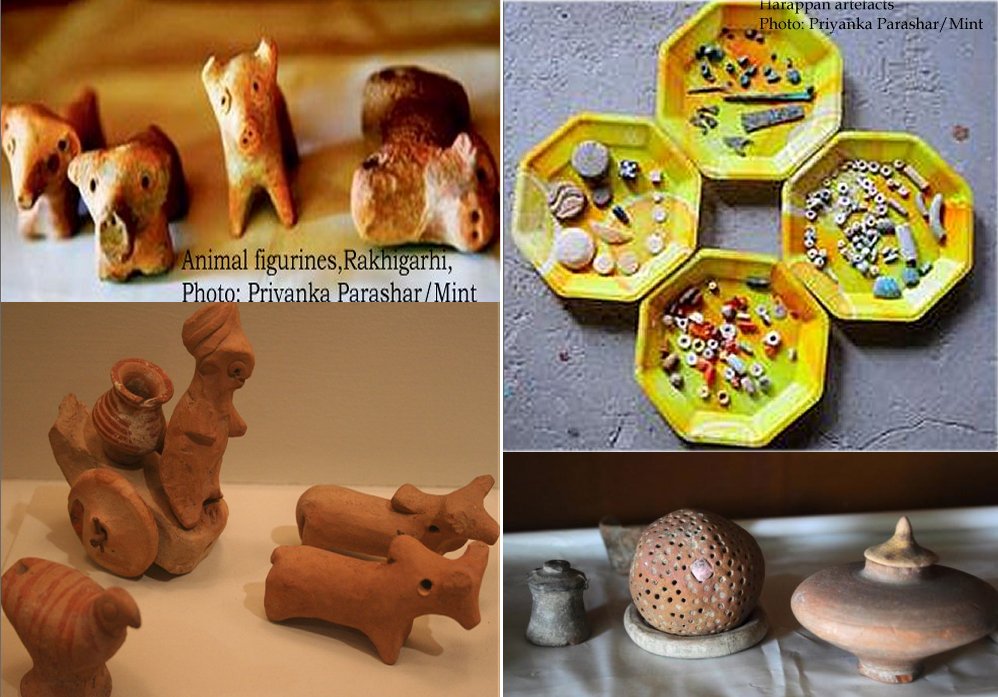
While the carbon 14 dating of the excavations at the Mehrgarh site in Pakistan puts it in the 6400-7000 BC bracket, the latest study has revealed that the cultural remains at the Bhirrana village located on the banks of Ghaggar river, in Fatehabad district, in the state of Haryana, go back to the time bracket of 7300 BC.
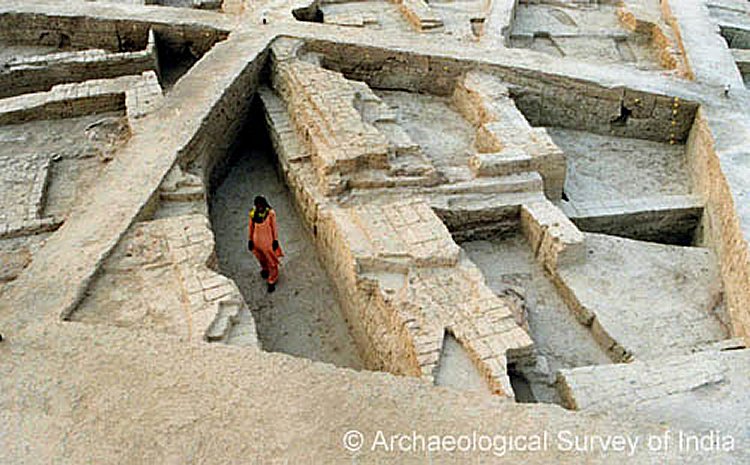
Bhirrana was occupied from the earliest to the last dates of the Harappan era. The earliest period, of the Hakra Ware culture, consisted of sub-terranean circular pit dwellings cut into the natural soil. These pit dwelling are noticed to the north of the Harappan town and below the Early Harappan structures of the town.
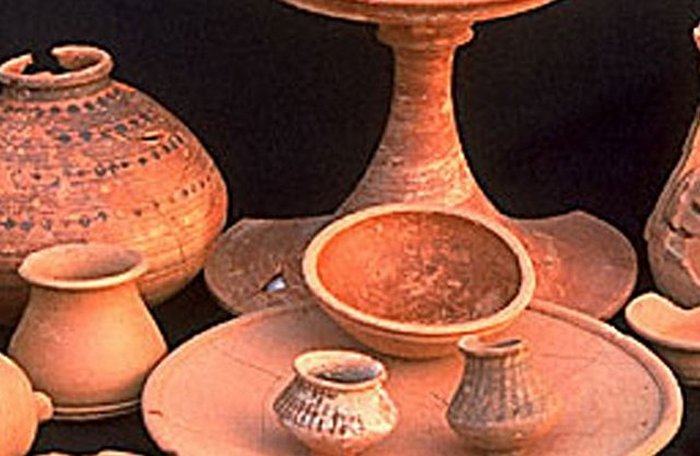
The cultural remains consists of different kinds of terracotta, copper, faience, lapis lazuli, shell, semi-precious stones like agate, carnelian, chalcedony and jasper.
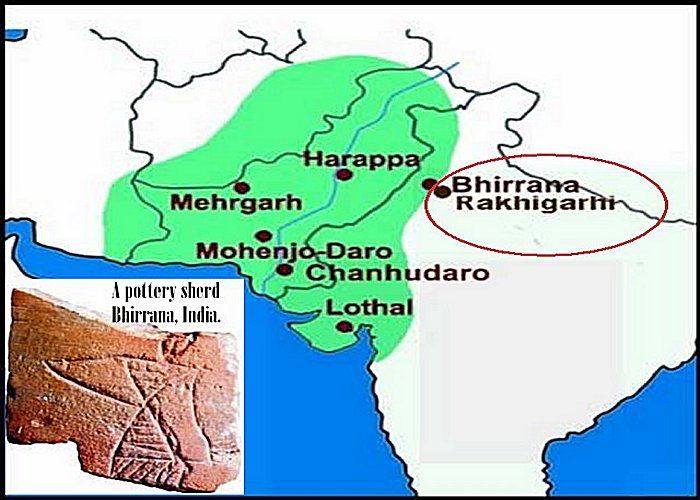
Situated on the banks of Ghaggar river, in Fatehabad district, Bhirrana village date back to 7570-6200 BC.
Also Rakhigarhi – one of the five known biggest townships of Harappan civilization on Indian sub-continent – is very old and shows continuous occupation from 8th millenium BC.
See also:
Curious Ancient Copper Plates May Help Unravel The Mystery of Indus
Harappan Excavation Sites Hold Clues To Unravelling Impressive And Mysterious Culture
It is located in Hisar district, Haryana and is home to the largest and one of the oldest sites of the ancient Indus Valley Civilization. Excavations conducted in the area of Rakhigarhi, showed that it was bigger in size than the Mohenjedaro and Harappa sites in Pakistan.
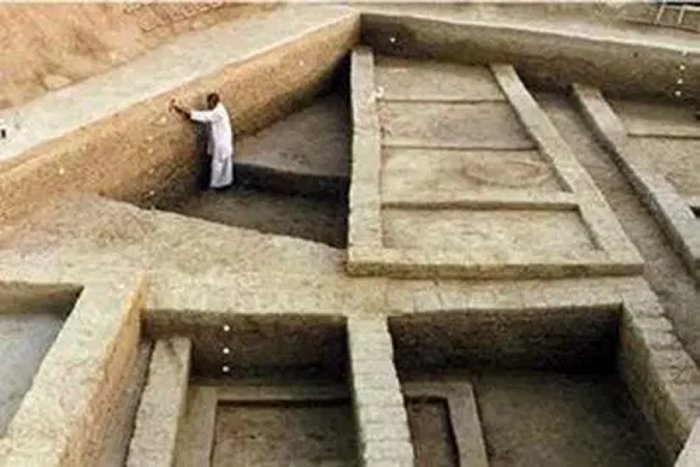
Five interconnected mounds – of which two were thickly populated – spread in a huge area form the Rakhigarhi’s unique site.
The archaeological works revealed evidence of paved roads, drainage system, large rainwater collection, storage system, terracotta brick, statue production, a seal and a potsherd, both inscribed with the Harappan script; potsherds painted with concentric circles, fish-net designs, wavy patterns, floral designs and geometric designs.
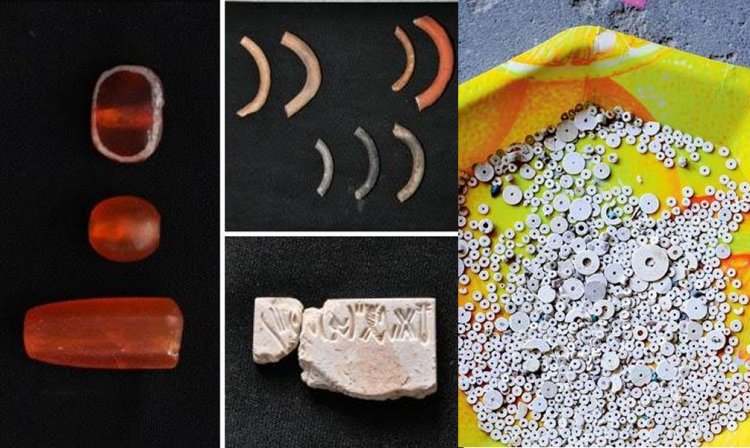
There were also found terracotta animal figurines, cakes, hopscotches, toy cart frame and wheel of terracotta, beads of semiprecious stones, terracotta, shell and copper objects and shell bangles.
Additionally, skilled metal working – in both bronze and precious metals – has also been uncovered. People lived in mud-brick as well as burnt-brick houses with proper drainage system.
However, one of the most important discoveries, is the discovery of a cemetery. The skeletons retrieved from the eight graves of the cemetery have been sent for DNA analysis. The most impressive grave was that of a woman, who was buried along with her child. She was wearing bangles and a precious necklace. Her grave had a vessel with food and all the necessary items that she could carry to the next world.
These skeletons may help us solve the mystery of why this civilization, which was flourishing at one point, seized to exist. Was it a climate change,the floods or was it perhaps a drought? Or did they just leave their houses and moved to some other place?
Perhaps not Bhirrana but Rakhigarhi’s ancient remains has the potential to help us solve the mysteries of several lost cities of the great Indus Valley Civilization.
Copyright © MessageToEagle.com All rights reserved. This material may not be published, broadcast, rewritten or redistributed in whole or part without the express written permission of MessageToEagle.com
source:
Archaeological Survey of India (ASI)

